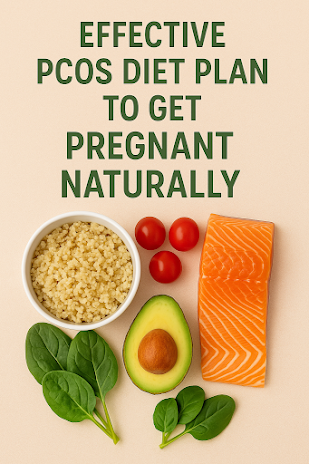 |
| Glycemic Index Calculator |
Introduction
If you're trying to manage blood sugar, lose weight, or simply eat healthier, you've probably heard about the Glycemic Index (GI). But knowing a food's GI is only half the battle—using a Glycemic Index Calculator can help you make smarter, real-time food choices.
At Nutrit Diet, we’ve developed an easy-to-use Glycemic Index Calculator to help you track how different foods affect your blood sugar. In this guide, we’ll explain:
What the Glycemic Index is (and why it matters)
How a Glycemic Index Calculator works
The best ways to use GI data for weight loss and diabetes management
Common mistakes to avoid
Let’s dive in!
What Is the Glycemic Index (GI)?
The Glycemic Index (GI) ranks carbohydrate-containing foods based on how quickly they raise blood sugar levels. The scale ranges from 0 to 100:
Low GI (55 or less): Slow digestion, steady blood sugar (e.g., lentils, most vegetables).
Medium GI (56-69): Moderate blood sugar impact (e.g., whole wheat bread, brown rice).
High GI (70+): Rapid blood sugar spikes (e.g., white bread, sugary cereals).
Why Does GI Matter?
Controls hunger & cravings (low-GI foods keep you full longer).
Supports weight loss (prevents insulin spikes that trigger fat storage).
Reduces diabetes risk (stabilizes long-term blood sugar).
But here’s the catch—GI doesn’t account for portion sizes. That’s where a Glycemic Index Calculator becomes essential.
How a Glycemic Index Calculator Works
A GI calculator does more than just list numbers—it helps you:
✅ Compare foods (e.g., sweet potato vs. white potato).
✅ Plan balanced meals (pairing high-GI foods with protein/fiber).
✅ Track long-term trends (see which foods spike your energy levels).
Example: Using the Nutrit Diet GI Calculator
Let’s say you want to compare white rice vs. quinoa:
Search for "white rice" → GI: 73 (High)
Search for "quinoa" → GI: 53 (Low)
Result: Quinoa is the better choice for steady energy.
3 Ways to Use GI Data for Weight Loss
1. Swap High-GI Carbs for Low-GI Alternatives
Instead of white bread (GI 75) → choose sourdough (GI 54).
Instead of instant oats (GI 79) → choose steel-cut oats (GI 55).
2. Combine High-GI Foods with Protein & Fiber
Bad: Banana alone (GI 62) → quick energy crash.
Better: Banana + peanut butter (slows digestion).
3. Avoid "Naked Carbs" (Carbs Without Fat/Protein)
A plain bagel (GI 72) spikes blood sugar faster than one with cream cheese (fat slows absorption).
For more meal ideas, check our Glycemic Index Calculator.
Common Glycemic Index Mistakes to Avoid
❌ Ignoring Portion Sizes → Glycemic Load (GL) is better for real-world servings.
❌ Only Focusing on GI → Nutrients matter too (avocados have no GI but are healthy!).
❌ Assuming All Low-GI Foods Are Healthy → Chocolate cake can have a medium GI (but is still junk food).
Final Thoughts
A Glycemic Index Calculator is a powerful tool—but only if you use it correctly. By focusing on low-GI foods, smart pairings, and portion control, you can:
✔️ Stabilize energy levels
✔️ Lose weight more effectively
✔️ Reduce diabetes risk
Summary
GI ranks carbs by blood sugar impact (0-100).
A GI calculator helps compare foods & plan meals.
Low-GI diets aid weight loss & blood sugar control.
Use our Glycemic Index Calculator for better choices.
What’s your biggest struggle with GI? Comment below! 🚀





